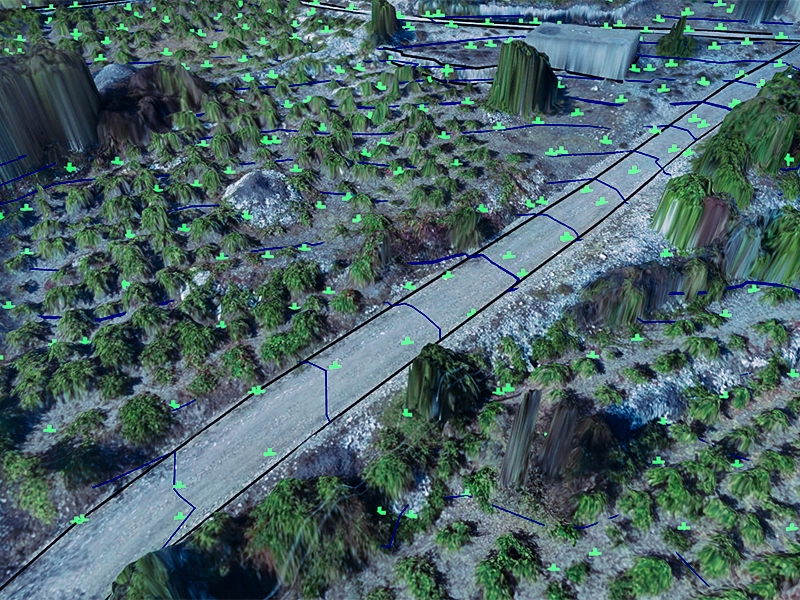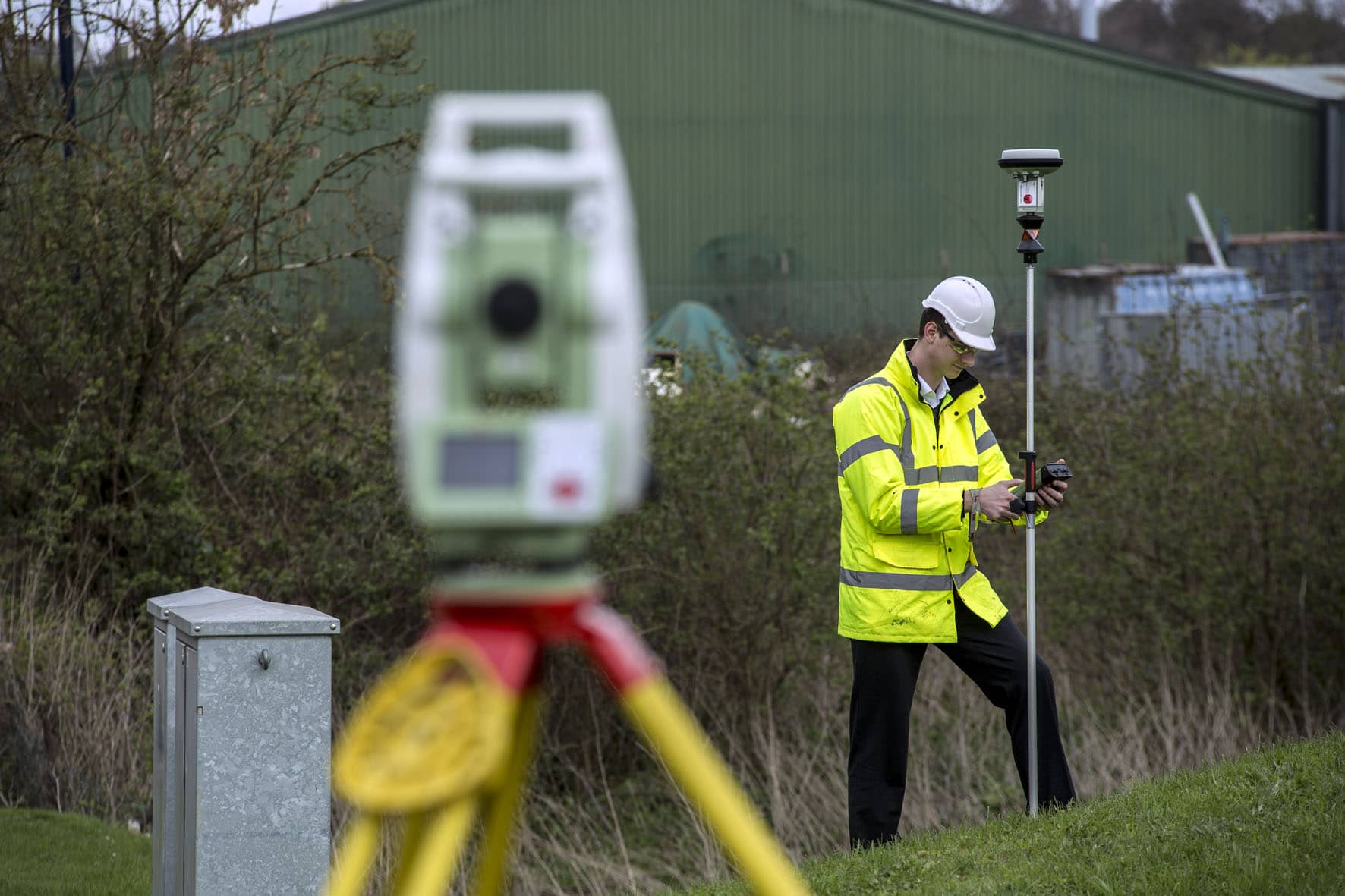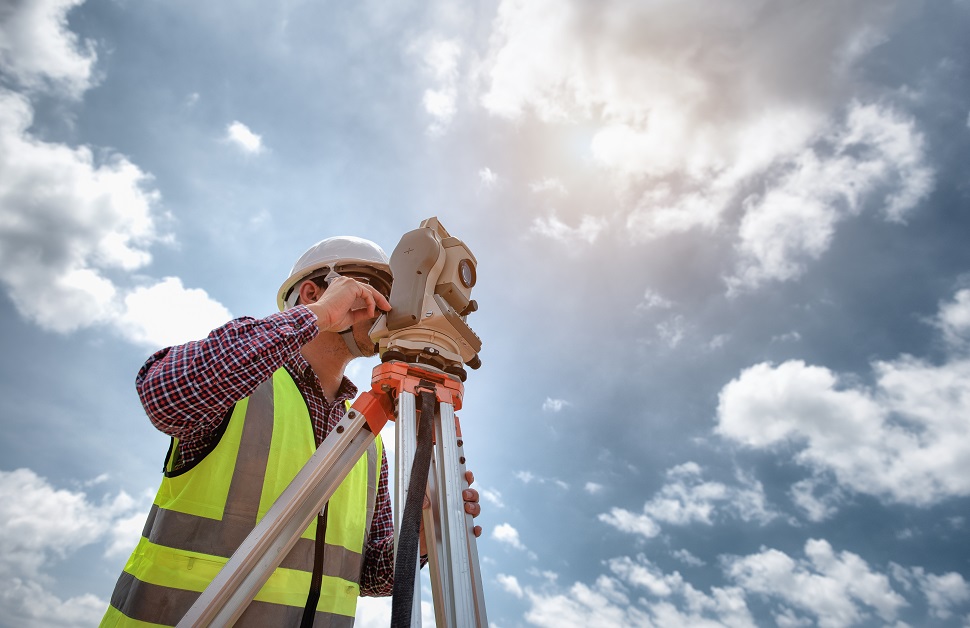Topographical Surveying: A Complete Guide for Land and Site Development
Wiki Article
Essential Devices and Strategies in Laying Out Design
The technique of establishing out engineering counts heavily on a suite of essential devices and strategies that underpin the accuracy and efficiency of project implementation. What ramifications does this hold for future design practices?The Relevance of Accurate Measurements

The value of accurate measurements prolongs beyond simple compliance; they are indispensable to the general effectiveness of design procedures. Errors can lead to material waste, project delays, and boosted labor prices, ultimately influencing the project's lower line. Moreover, accurate dimensions enhance the top quality of the last item, making certain that it performs as planned and meets the assumptions of stakeholders - setting out engineering.
In addition, the relevance of precise measurements appears in different engineering disciplines, consisting of civil, mechanical, and electric engineering. Each field demands an one-of-a-kind method to measurement, yet the underlying necessity for precision continues to be constant. As jobs end up being increasingly complex, the dependence on exact dimensions will only intensify, underscoring the requirement for consistent advancements in measurement methods and innovations. Therefore, cultivating a culture that prioritizes accuracy is essential for the future of engineering.
Vital Tools for Establishing Out
Setting out, a vital stage in the engineering and building procedure, depends heavily on specific tools that make sure precise area and alignment of frameworks. Among these tools, the land surveyor's level sticks out, offering specific straight dimensions essential for establishing referral points. This tool enables designers to figure out altitude modifications and maintain harmony across the job website.
The overall terminal is an additional essential tool, integrating electronic range dimension with angular measurement abilities. This modern technology improves effectiveness and accuracy in catching spatial information, enabling for efficient site design and preparation.
Additionally, the use of measuring tapes and noting devices, such as chalk lines or risks, is basic for briefly noting limits and crucial points on the site. These standard devices, though straightforward, are essential for making sure clear interaction amongst the building and construction group pertaining to project specs.
Finally, GPS innovation has actually obtained traction in laying out processes, providing real-time positioning data and dramatically boosting precision over standard techniques. Collectively, these crucial tools create the foundation of efficient laying out practices, eventually contributing to the successful implementation of design and construction tasks.
Advanced Surveying Techniques
Advanced evaluating methods play an essential duty in improving the precision and performance of engineering jobs. These techniques incorporate a variety of methodologies that provide exact information for layout and construction. Standard techniques, such as leveling and triangulation, have actually progressed into more sophisticated strategies, consisting of Total Terminal studies and International Navigation Satellite Equipment (GNSS)Total Terminal devices incorporate electronic theodolites with range measurement capacities, enabling property surveyors to accumulate precise area data with excellent rate. This technology dramatically decreases mistakes related to hands-on dimensions and provides real-time data handling. Additionally, GNSS offers unmatched accuracy for massive tasks by using satellite signals to establish precise positioning, which is essential for lining up frameworks and ensuring compliance with style requirements.
Along with these devices, progressed strategies also integrate geospatial evaluation and 3D modeling. These methods enable engineers to envision surface and website problems extra efficiently, facilitating better decision-making during the planning stage. By using these advanced surveying techniques, engineering projects can attain better precision in format, lower rework, and inevitably boost total task success.
Digital Technology in Engineering
The assimilation of electronic modern technology has actually reinvented engineering practices, improving both productivity and precision throughout different self-controls. Tools such as Building Details Modeling (BIM) assist in the visualization and administration of complex tasks, allowing engineers to collaborate seamlessly and make educated decisions. This modern technology makes it possible for the production of in-depth 3D models, which can be assessed for architectural integrity and efficiency prior to building and construction begins.
The application of man-made intelligence and device knowing in engineering procedures better improves predictive upkeep and optimization of sources. On the whole, electronic innovation is improving the engineering landscape, driving technology, and making sure that projects are completed with better effectiveness and decreased threat.
Ideal Practices for Implementation
When implementing digital modern technology in engineering, it is essential to establish a critical strategy that straightens with task goals and business abilities. A comprehensive assessment of existing operations and technology infrastructure is important to identify gaps and chances for improvement. Engaging stakeholders early in the procedure cultivates collaboration and ensures that the innovation satisfies customer needs.
Task managers need to take on an iterative execution strategy, permitting for changes based upon real-time responses and performance assessments. This active method not only mitigates risks but likewise promotes continual enhancement by incorporating lessons learned.
Final Thought
To conclude, the integration of necessary tools and advanced techniques in laying out engineering is essential for guaranteeing precision in measurements and effective job implementation. Utilizing tools such as surveyor's levels, overall terminals, and GPS technology, together with modern evaluating methods, enhances precision and reduces the chance of errors. Embracing ideal practices in application further optimizes these processes, ultimately fostering boosted task results in the engineering and building and construction markets.The technique of establishing out engineering relies heavily on a suite of Topographical Surveying important devices and strategies that underpin the precision and efficiency of task implementation.Additionally, the value of accurate dimensions is evident in different engineering techniques, consisting of civil, mechanical, and electrical design. By utilizing these advanced evaluating methods, design projects can accomplish greater precision in design, decrease rework, and ultimately enhance total task success.
Generally, electronic technology is reshaping the engineering landscape, driving advancement, and making certain that projects are finished with higher effectiveness and reduced threat (setting out engineering).In final thought, the integration of essential tools and progressed strategies in establishing out engineering is vital for ensuring accuracy in dimensions and effective task implementation
Report this wiki page